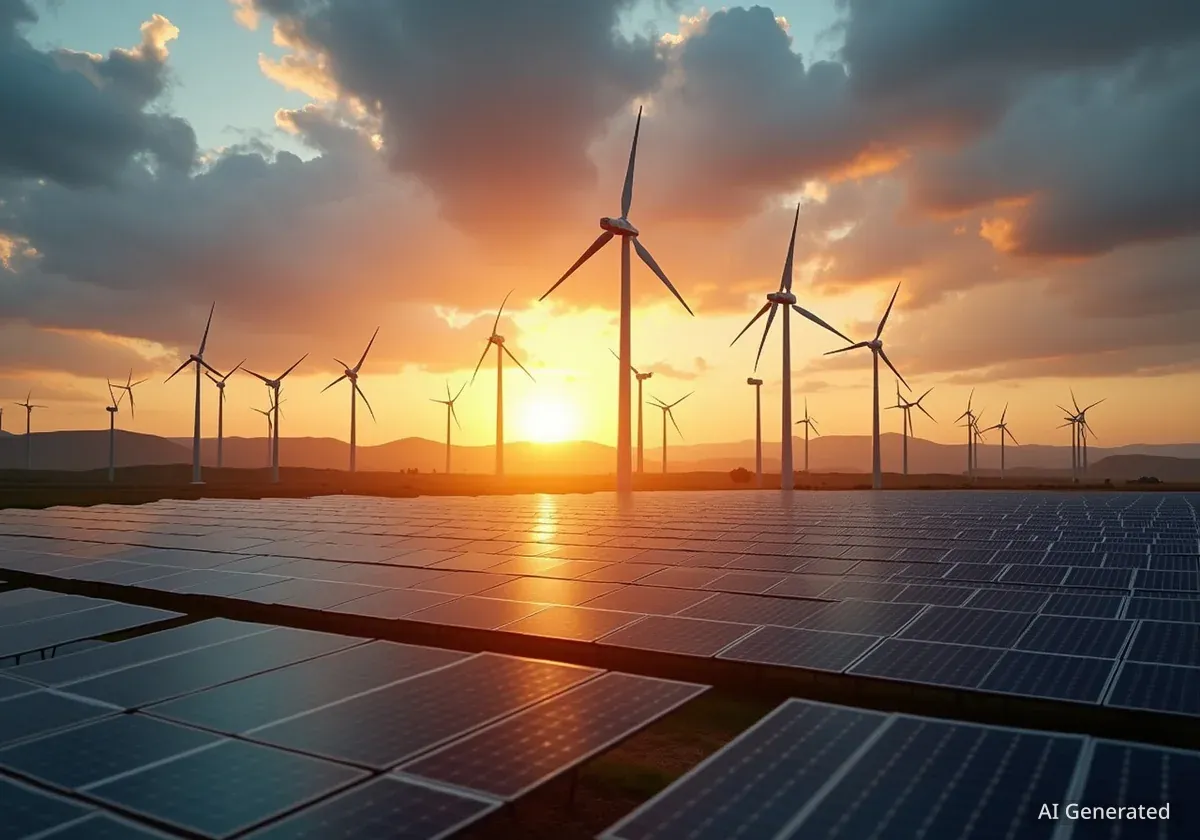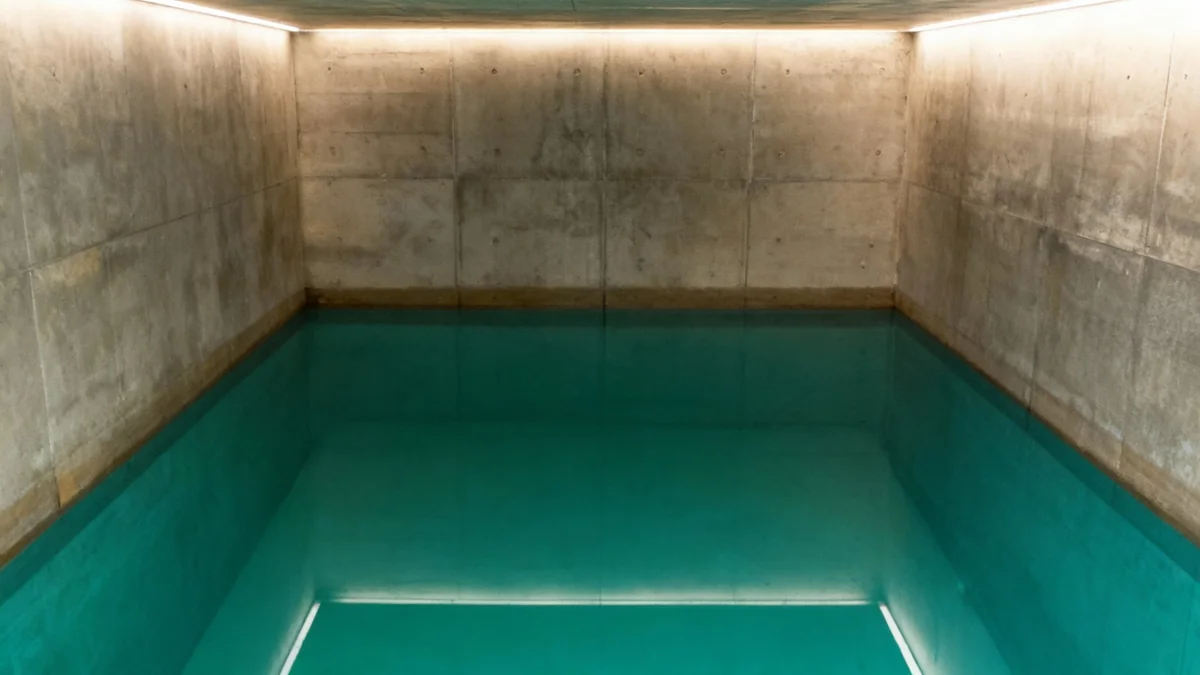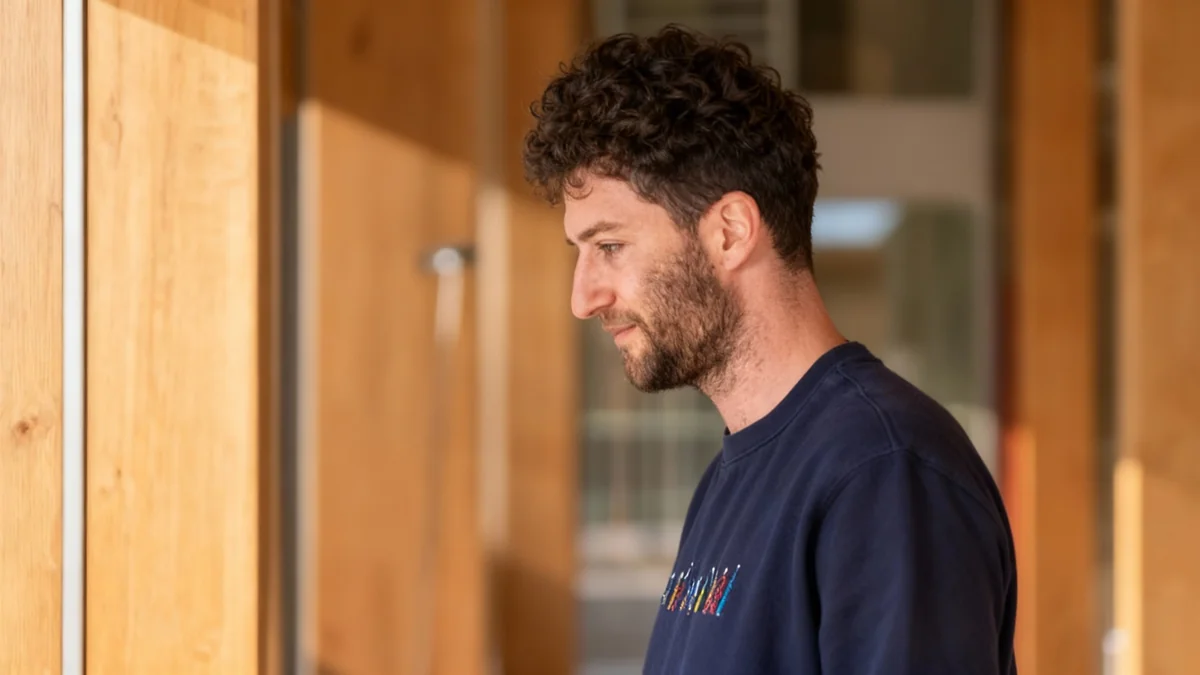Mittelhäusern, a village in Köniz with approximately one thousand residents, is set to become a pioneering solar model village in Switzerland. This ambitious project seeks to demonstrate how a community can achieve a significant portion of its energy supply from solar power, minimizing the need for extensive grid upgrades. Local solar energy experts are leading this initiative, which plans to integrate large-scale solar production with local consumption and innovative battery storage solutions.
Key Takeaways
- Mittelhäusern aims to meet half its electricity needs with local solar power within three years.
- The project utilizes large farmhouse roofs for solar panel installation and decentralized battery storage.
- A new Local Electricity Community (LEG) will facilitate the sale of local solar power to residents and businesses.
- The 'Energieverbund Mittelhäusern' will be formed as a public limited company to manage financing and operations.
- The initiative requires 3.6 million Swiss Francs in investment, with one-third needing external sponsorship due to research aspects and accelerated timelines.
Mittelhäusern as a Microcosm of Swiss Energy Transition
The village of Mittelhäusern presents a unique landscape for this energy experiment. It features scattered agricultural properties alongside a large residential area. This combination is ideal for solar energy projects. Farm buildings often have expansive roofs suitable for significant solar panel installations. Residential zones, in turn, provide a direct and consistent demand for the generated electricity.
Hansueli Pestalozzi, a Köniz municipal councilor, highlighted the village's significance at a recent press conference. He stated that Mittelhäusern, though small, represents Switzerland's broader energy challenges. "Mittelhäusern is well-suited to test on a small scale how Switzerland can supply urban and rural areas with renewable energy," Pestalozzi explained. He emphasized the goal of achieving this "without huge costs for expanding the power grid."
Fact: Grid Expansion Costs
Transporting large amounts of solar power from rural production sites to urban consumption centers often requires substantial investments in electricity grid infrastructure. The Mittelhäusern project aims to find solutions that reduce these costly upgrades.
The municipality of Köniz, in collaboration with the canton, funded a feasibility study for the project. This study explored alternative solutions for Mittelhäusern's energy supply. It examined how local generation and consumption could be balanced effectively.
Local Expertise Drives the Initiative
The feasibility study was authored and co-financed by Wandu Energie AG, an Emmental-based energy service provider. Raoul Knittel, the company's owner, lives in Mittelhäusern. Other key initiators include Hans Pauli from the local solar company Energy unlimited and Jan Remund, a solar specialist and Green Grand Councilor, who also resides in the village.
The goal for Mittelhäusern is not energy self-sufficiency. Instead, the project aims for an electricity supply that relies equally on local solar power and hydropower from other parts of Switzerland. According to study author Raoul Knittel, this 50/50 split is a target for Switzerland by 2050. "We want to achieve it in Mittelhäusern within three years," Knittel announced at the press conference.
"We want to achieve it in Mittelhäusern within three years," said Raoul Knittel, outlining the project's ambitious timeline.
This timeline is ambitious, particularly because participation in the project is voluntary. Its success depends on convincing residents and businesses of the benefits. The project relies on community engagement and a shared vision for a sustainable future.
Selling Solar Power Locally
The proposed solution involves equipping approximately 15 large farmhouse roofs with solar panels. This initial step is expected to significantly increase local solar power production. The electricity not consumed directly by the farms will be sold to other residents and businesses in Mittelhäusern.
This local distribution will be managed through a new legal framework: a Local Electricity Community (LEG). LEG are a new instrument introduced by Switzerland's Electricity Act, which voters approved in 2024. These communities can be established starting January 1, 2026.
Understanding Local Electricity Communities (LEG)
LEG allow for the sale of local solar power within specific urban areas or villages, subject to certain restrictions. This framework aims to decentralize energy supply and reduce reliance on large-scale grid infrastructure.
Legal restrictions mean that the Institute for Virology and Immunology, Mittelhäusern's largest electricity consumer, cannot participate in the LEG. However, other businesses and households in the village can join voluntarily. The initiators project that LEG electricity will be approximately 10 percent cheaper than power from BKW, the regional energy supplier.
This cost saving is possible for two main reasons. First, solar power produced in large installations is relatively inexpensive. Second, consuming local electricity incurs lower network fees. These financial incentives are key to encouraging participation.
Decentralized Batteries for Grid Stability
Batteries are crucial for managing a high proportion of solar power and keeping grid expansion costs low. Christof Bucher, Professor for Solar Systems at Bern University of Applied Sciences in Burgdorf, recommends decentralized batteries. These batteries will be installed directly at the agricultural properties hosting the large solar arrays.
According to Professor Bucher, this decentralized approach helps smooth out power peaks. It also allows solar power to be fed into the grid even at night. Existing solar installations in the village can also be integrated into this new energy network, maximizing their contribution.
BKW, as the distribution grid operator, is interested in this aspect of the project. They plan to test in Mittelhäusern how solar production and consumption can be managed under real-world conditions. The utility company hopes to gather data and insights into consumer responses to various incentives. The overarching goal for BKW is to reduce costs associated with expanding the electricity grid.
The 'Energieverbund Mittelhäusern'
The Local Electricity Community will be built and operated by a new public limited company: the 'Energieverbund Mittelhäusern.' This entity is currently in the process of being established. The Energieverbund will be responsible for financing and installing the solar arrays and batteries. It will also pay house owners a fee for using their roofs or buildings for energy production.
Furthermore, the Energieverbund will operate the solar installations, sell the LEG electricity, and handle billing. This structure places the business risk entirely with the Energieverbund. Initiator Raoul Knittel did not disclose which companies or institutions are targeted as shareholders. He did state, however, that "citizen participation is also definitely desired."
- Investment Cost: The feasibility study estimates total investment costs at 3.6 million Swiss Francs.
- Funding Gap: One-third of these costs are not amortizable. This is partly because the Energieverbund will also function as a research project, testing unproven elements.
- Accelerated Timeline: The ambitious three-year implementation schedule also contributes to the non-amortizable costs.
A significant uncovered cost relates to asbestos removal on roofs. Approximately half of the 15 targeted roofs contain asbestos. This means these roofs must be renovated before solar panels can be installed. If sponsors cannot be found for asbestos remediation, the project may proceed in phases. Knittel noted that starting with the asbestos-free roofs is a viable option.




